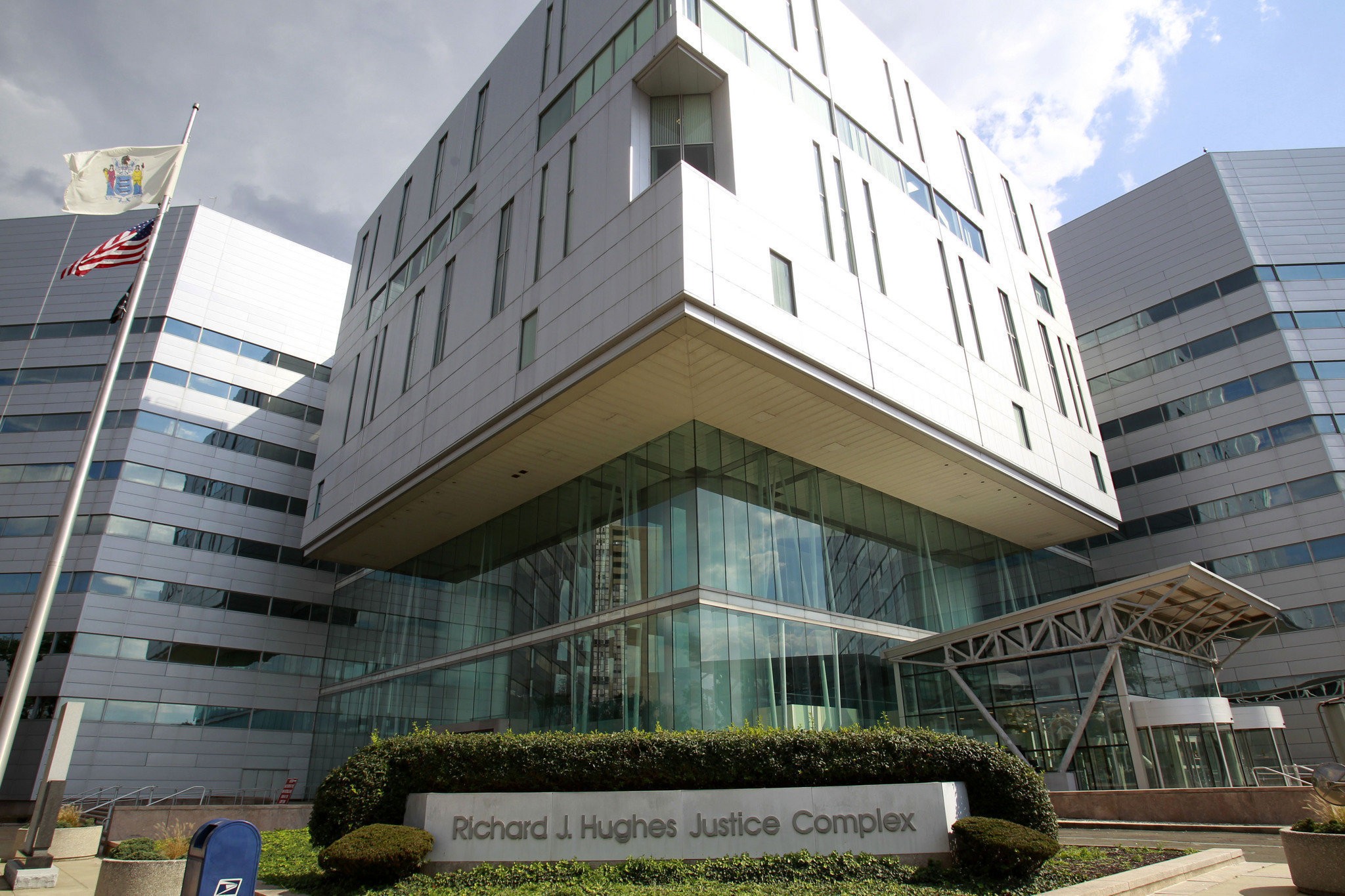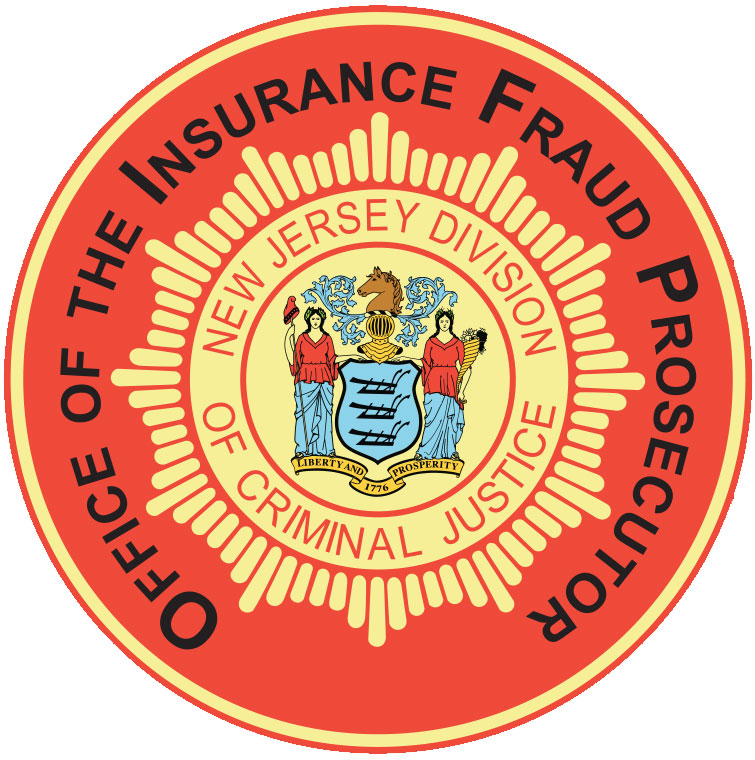TRENTON – A state grand jury has voted not to file any criminal charges at the conclusion of its deliberations regarding the death of Christopher Pizzichetta, 46, of Lewes, Delaware, who was fatally shot by a state trooper last year at the Molly Pitcher Service Area on the New Jersey Turnpike. According to police and civilian witnesses, Pizzichetta was fleeing from state troopers when he rammed two police vehicles with his pickup truck and drove at a trooper who was on foot, causing that trooper to fire his service handgun at him.
The shooting was investigated by the Attorney General’s Shooting Response Team, made up of investigators from the Division of Criminal Justice and the New Jersey State Police Homicide Unit. The investigation included interviews of civilian witnesses and all five of the police officers directly involved; collection of forensic evidence, including evidence from the scene and ballistics evidence; and autopsy results from the medical examiner. After hearing testimony and evidence from the team’s investigation, the state grand jury concluded its deliberations on Jan. 10 and voted “no true bill,” meaning it declined to indict the state trooper who shot Pizzichetta.
The incident began at approximately 2:40 p.m. on March 30, 2017, when members of the State Police were conducting a pro-active plain-clothes operation targeting narcotics and other criminal activity at the Molly Pitcher Service Area. Five state troopers, all wearing plain clothes, were patrolling in two unmarked vehicles when a trooper spotted a subject, later identified as Pizzichetta, parked in a beige-colored pickup truck at the north end of the parking area, away from other vehicles. Two troopers were in an unmarked black pickup truck, and the other three were in an unmarked white SUV. Troopers in the pickup truck positioned their vehicle near to the subject’s vehicle in an effort to observe him, but the man abruptly accelerated in reverse and drove away, proceeding to park his truck in a remote area at the south end of the parking area. The troopers in the white SUV subsequently parked their SUV behind and one spot over from the subject’s truck to observe him.
The three troopers in the SUV exited their vehicle in an attempt to speak to the subject and inquire about his activities. While approaching the subject, one of the troopers, “Trooper 1,” knocked on the window, displaying his credentials and identifying himself as “State Police.” At that time, Trooper 1 saw what appeared to be glassine bags of heroin in the truck. Trooper 1 gave commands to the subject, including a command to “Stop!” which the subject did not obey. He instead put the truck in reverse and pulled out of the parking spot, nearly striking the other two troopers who were on foot. The troopers in the pickup truck activated their lights and siren and pursued the fleeing truck. Meanwhile, the two troopers who were nearly struck got into the SUV and joined the pursuit. Trooper 1 remained outside of the vehicles.
As the subject attempted to flee in his pickup truck, he struck the unmarked white State Police SUV head-on. He then reversed and struck the State Police pickup truck. The subject again sped away, heading toward the exit road of the service area. Rather than driving to the ramp leading to the exit road, he jumped a curb and cut across a concrete raised island where Trooper 1, who previously had identified himself as a trooper, was standing. The subject drove directly at Trooper 1.
Two civilian witnesses and all four of the other state troopers stated that they saw the subject drive onto the island and toward Trooper 1, who was in front of the subject’s pickup truck and facing the oncoming vehicle. Trooper 1 fired at the driver as the pickup truck came toward him. Ballistics evidence and analysis confirmed that Trooper 1 fired six shots from his service handgun, striking the windshield of the pickup truck and striking the driver in the upper part of his body. The pickup truck continued a short distance across the exit road at high speed and crashed into a concrete retaining wall along the far side of the road, where it became disabled.
Two other civilian witnesses – a married couple – stated that the trooper who shot the driver of the beige pickup truck got out of a black pickup truck and fired from behind the subject’s truck. One trooper did get out of the black State Police pickup truck and was approaching Pizzichetta’s truck from the rear on the driver’s side when the shooting occurred, but that trooper did not discharge his weapon. Pizzichetta’s injuries, as well as ballistics evidence regarding the trajectory of the gunshots, revealed that the gunshots came from in front of his pickup truck.
Pizzichetta suffered gunshot wounds to the chest, shoulder and head. Troopers called emergency medical personnel to the scene. After EMS personnel arrived, Pizzichetta was pronounced dead at the scene by a medical examiner. A syringe and empty glassine bags were found in Pizzichetta’s pickup truck, along with other glassines containing heroin. Two of the troopers suffered minor injuries. All five troopers were taken to Robert Wood Johnson University Hospital in New Brunswick for evaluation.
After considering the facts, evidence and testimony from the investigation by the Attorney General’s Shooting Response Team, the state grand jury voted not to return an indictment. An officer may use deadly force in New Jersey when the officer reasonably believes it is immediately necessary to protect the officer or another person from imminent danger of death or serious bodily harm.
Follow the New Jersey Attorney General’s Office online at Twitter, Facebook, Instagram, Flicker & YouTube. The social media links provided are for reference only. The New Jersey Attorney General’s Office does not endorse any non-governmental websites, companies or applications.
####








































